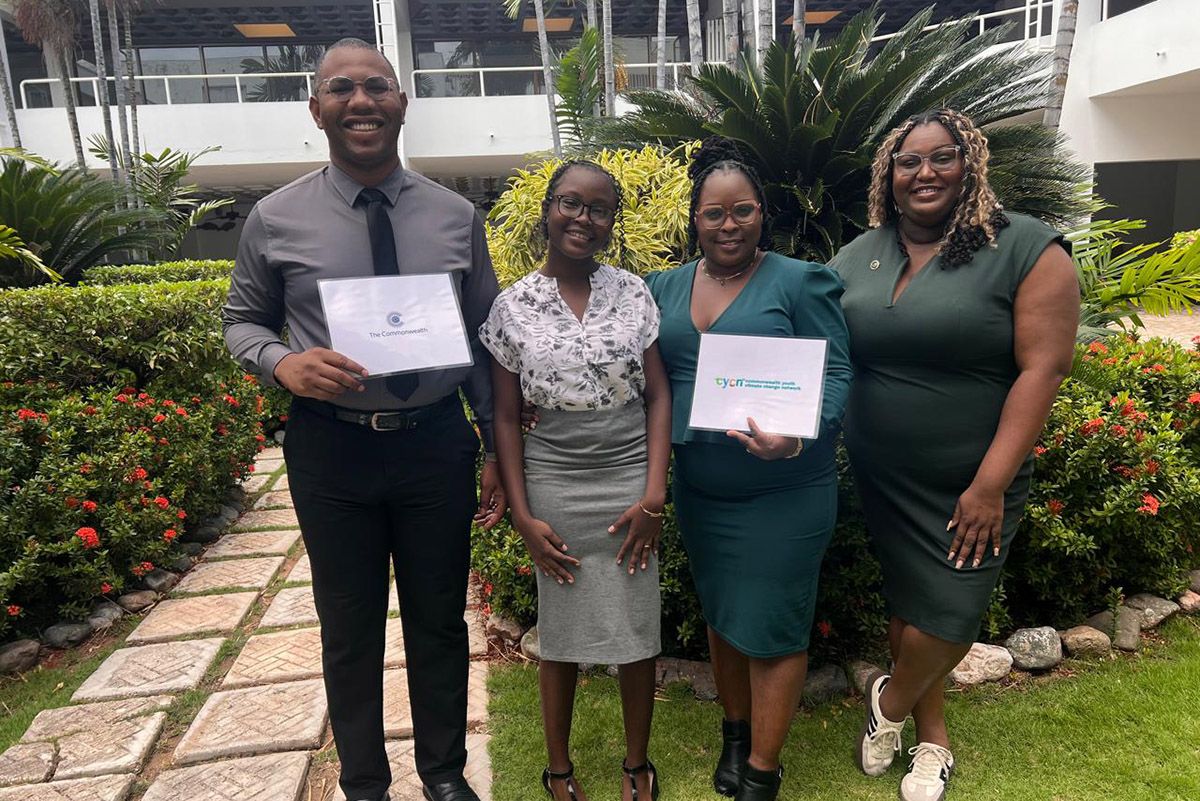“Medical tourism: can Cuba be ready?”
January 18 Medical tourism can be a source of revenue and hope, writes Javanni Waugh, 20, a Correspondent from Portmore in Jamaica, as he describes the prospects of the niche market for one Caribbean country.
Medical tourism can be a source of revenue and hope, writes Javanni Waugh, 20, a Correspondent from Portmore in Jamaica, as he describes the prospects of the niche market for one Caribbean country.
With the third highest number of physicians per capita in the world at roughly seven per 1,000, Cuba has one of the most revered systems of medical health delivery in the world. Blessed with sun-kissed white sand, tropical weather all year round and a culture rich in cuisine and the arts, it shouldn’t hurt to throw in that Cuba also gave the world the Daiquiri, Mojito and the Piña Colada.
What is also widely known is that Cuba is one of the last remaining communist states on earth.
Despite this, inevitably propelled by the loosening of knots for American interaction with Cuba by President Barack Obama in January 2015, health providers are gearing up to invest in a whole new industry – medical tourism. It’s the perfect match: Cuba’s well-trained doctors, the public’s piqued interest, and abundant sunshine coupled with Caribbean hospitality. But is Cuba ready?
Worthy of note is that medical tourism offerings are also being offered by private facilities in Barbados, Antigua and Barbuda and Jamaica. Each facility specialises in different areas of health care, which could prove beneficial in the countries working through CARICOM (Caribbean Community) to brand the region as open to tourists looking for quality care and a soothing environment at the same time.
The real question is, can Cuba be ready? Although Cuba has been open to investment on paper, the risk of doing business with a government that can seize assets, take over profitable operations and renegotiate terms can get in the way for an investor looking to start up.
But all hope is not lost for Cuba’s potential to reap big benefits from international customers. Cuba’s best bet is to expand its own government-run medical tourism units. One example that has been offered on the island is the La Pradera International Health Centre, in operation for almost a century now.
Equipped with modern equipment and constant attempts at upgrading facilities, clinics like La Pradera have been known for treating athletes as far back as the 1930’s, and have welcomed the likes of Diego Maradona and late Venezuelan President Hugo Chavez. La Pradera doesn’t specialize in a specific branch of health but instead offers services including evaluation and a wide range of rehabilitation processes. With 7,000 ‘health tourists’ visiting in 1995 and just under 20,000 in 2006, there are hopes for a in-demand Cuban health product.
Other hopes for Cuba in health tourism exist with the host of facilities including the Centro Internacional de Retinosis Pigmentaria Camilo Cienfuegos, specialising in treating retinosis pigmenteria and myopia, as well as the Drug and Alcohol Addiction Rehabilitation Facility. All these centres are state-run with responsibility lying in the palms of the Cubanacan Tourism and Health Corporation. While citizens have free access to all health care services in the island, many have complained that tourists get better treatment than locals. They also complain that spending on upgrading equipment for these sites takes away from spending at other sites largely used by the locals. With private investment, some new health techniques and top-notch machinery could be brought in, offering Cuban doctors more and proving beneficial in the long run.
According to the Florida-based Medical Tourism Association, 38 per cent of treatments by medical tourism facilities worldwide were for cosmetic surgery. In a perfect world, many of the patients of private Cuban medical tourism products would come from the US; a change from centres in Canada, Mexico, South Korea and Costa Rica, where Americans are known for spending fractional amounts compared to in the States. But this would be after the US allows citizens to travel to Cuba for tourism and medical purposes, as it currently does not. Americans are only allowed to travel to Cuba if they fit one of 12 categories for legally travelling such as religious, humanitarian, professional research, athletic competition, entertainment performance or educational purposes.
In the forecast, delays by Cuba could spell success for other Caribbean destinations opening up their shores to tourists, especially Americans, for medical procedures. So far, the Bahamas has been leading the pack with their Joint Commission International accredited ‘Doctors Hospital’ and the Cayman Islands following suit with the establishment of ‘Health City Cayman Islands’, a 140-bed tertiary-care private hospital with plans to expand to a 2,000 bed facility providing specialised care in neurology and oncology.
However, any medical tourism industry berth would prove immense benefit to Cuba. As the government pockets 92 per cent of salaries earned by employees who work for companies with foreign capital, the tangible deliverables of the Cuban health system may vastly improve, thus better serving its citizens.
Although there is no end in sight for a centrally planned economy in Cuba, private medical tourism warrants the thought of what it could offer to the island state. For now, Cuba continues to play its cards conservatively. As Cubans themselves would say, “Lo que te den, cógelo” which means “Whatever they’re giving, take it.”
photo credit: What’s on your stethescope? via photopin (license)
…………………………………………………………………………………………………………………
About me: I am a passionate and dedicated student-leader from Portmore in Jamaica. I am pursuing a double major in Economics and Management Studies at the University of the West Indies, and where I am in the UWI STAT Vice Chancellor’s Ambassador Corps. I am International President of Optimist International Youth Clubs, a body of 15000 young people across North America striving to better the communities they live in. I hope to pursue International and Development Economics.
…………………………………………………………………………………………………………………
Opinions expressed in this article are those of the author and do not necessarily represent the views of the Commonwealth Youth Programme. Articles are published in a spirit of dialogue, respect and understanding. If you disagree, why not submit a response?
To learn more about becoming a Commonwealth Correspondent please visit: http://www.yourcommonwealth.org/submit-articles/commonwealthcorrespondents/
…………………………………………………………………………………………………………………




